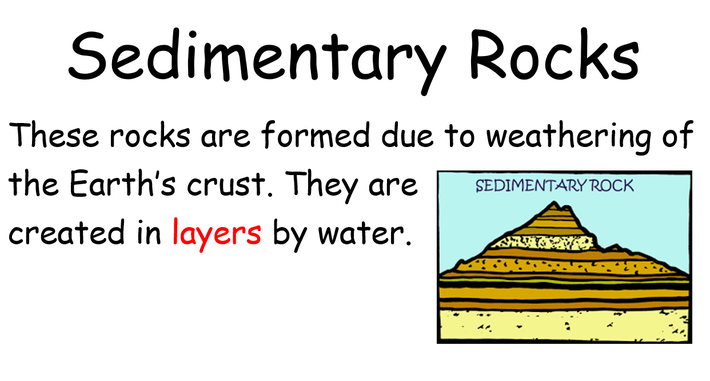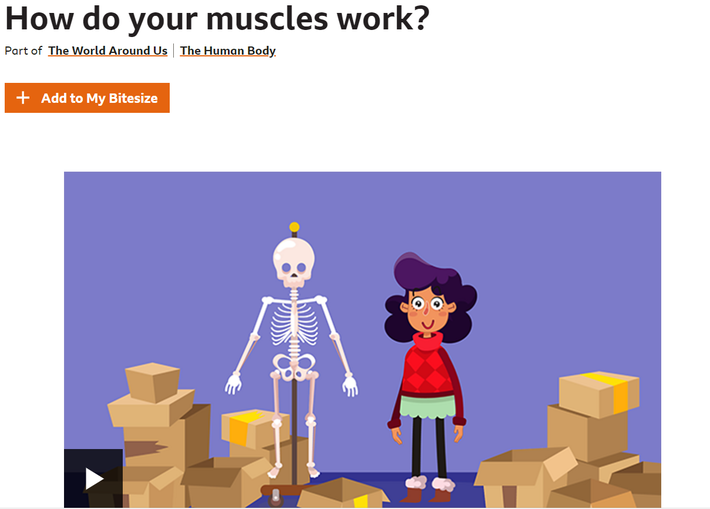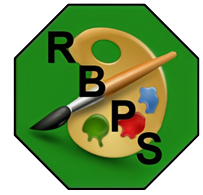Science
In this folder you will fond resources to help you support your child's learning in science this year. The links are external ones and if you find any of them are inactive or even inappropriate please let one of the teachers know.
The science topics this year are:
Rocks and soils
Forces and magnets
Humans and other animals
Plants
Light
Rocks and Soils




Rocks for Kids
https://www.patreon.com/homeschoolpop Learn all about rocks in this video for kids! Learn about the three types of rocks (sedimentary, metamorphic, and igneo...
The true story of Mary Anning: The girl who helped discover dinosaurs | BBC Ideas
The story of Mary Anning, a fossil collector and palaeontologist who changed scientific thinking worldwide - but didn't get recognition for her work at the t...
If You Find a Rock read aloud
If You Find a Rock by Peggy Christian read by Mrs. Anderson
Forces and magnets
Forces Make Things Move Read-Along
KnowAtom Grade 2 Science Unit 8 Read-Along

MAGNETS | How It's Made
Ever wondered how magnets are made? Get the full history and 'making of' right here!Subscribe to Discovery UK for more great clips:http://www.youtube.com/sub...
Humans and other animals
We will learn about ourselves and other animals. We will also learn what we need to live a healthy and happy life.
bones #anatomy #teaching I wrote this song for my anatomy classes to help teach the names and function of the bones in the human body! (a fun one for Halloween too!) Purchase song on iTunes: https://goo.gl/nBcqhB LYRICS: Bones, bones, bones, That's our skeleton! Bones, bones, bones, That's our skeleton!
An x-ray of a baby's hand

An x-ray of an infants hand

A 7 year old's hand

An x-ray of an adult hand

My X Ray swallows
My innards as I eat stuff. Unfortunately, the X-Rays did not give me any sort of super-powers.

How do our muscles and bones work? | BBC Teach
Using a skeleton, elastic bands and rubber gloves, presenter Zoe demonstrates to a group of children how our muscles and bones allow our body to move. We hear about how some animals have exoskeletons, and graphics on a tablet demonstrate the bone structures holding the children up.
Animal's Skeletons for Kids | Exoskeleton Endoskeleton & Hydrostatic
Skeletal systems In today's video, we will explore animals' skeletons and why animals have skeletons. We will also explore how animals' skeletons are different by investigating the three different types of skeletons: - Hydrostatic Skeleton - Exoskeleton - Endoskeleton Skeletons: Animals have skeletal systems to support their bodies, allow them to move and protect their internal organs.
Huge Octopus Escapes Through Smallest Hole | The Dodo
Huge Octopus Escapes Through Smallest Hole | This HUGE octopus is escaping this boat - through a hole the size of a soda can 😮 Love Animals? Subscribe: https://www.youtube.com/channel/UCINb0wqPz-A0dV9nARjJlOQ?sub_confirmation=1 Credit: Michael Chance Miller via JukinVideo (https://www.jukinmedia.com/) Follow The Dodo: Like us on Facebook: https://www.facebook.com/thedodosite/timeline Follow us on Twitter: https://twitter.com/dodo Watch us on Snapchat Discover: https://www.snapchat.com/discover/The-Dodo/4978545017 Love our Instagram: https://www.instagram.com/thedodo/ Check out our site: www.thedodo.com For the love of animals.
Animals with endoskeletons (skeletons inside the body) like humans. cats, dogs and moles.
A short video showing a moles' skeleton and explaining the mystery of it's sixth finger.
Exploring the Mole's Bizarre Skeleton | Secrets of Bones | BBC Earth
Animals with an exoskeleton. A hard outer shell like a suit of armour. Strong with excellent protection but unable to grow as the animal grows. It needs to be shed and regrown.
Crabs Trade Shells in the Strangest Way | BBC Earth
As a hermit crab grows its shell becomes a tighter fit so eventually the crabs need to move into a bigger one, leading to an amazing exchange. Taken from Life Story. Subscribe to BBC Earth: http://bit.ly/ydxvrP Watch David Attenborough Dynasties series trailer here: https://www.youtube.com/watch?v=JWI1eCbksdE --~-- WATCH MORE: New on Earth: https://bit.ly/2M3La96 Oceanscapes: https://bit.ly/2Hmd2kZ Wild Thailand: https://bit.ly/2kR7lmh Welcome to BBC EARTH!
An octopus has a hydrostatic skeleton. It has no bones and its body is supported bu the pressure of the fluid inside it's body.
Octopuses HAVE 3 HEARTS and BLUE BLOOD! | Wild Bites | BBC Earth Kids
3 hearts and blue blood? Nope, it's not an alien - meet the octopus! Octopuses have developed incredible adaptations to life underwater, like squirting ink and colour changing skin. Subscribe: http://bit.ly/BBCEarthKidsSub #BBCEarthKids #BBCEarthKidsWildBites Wild Bites is a fun, fact-packed blast of everything you need to know about some of the world's most amazing animals, with stunning visuals from the BBC's world-class natural history archive.

Plants
We will learn about the amazing world of plants. We will learn how they grow and what they need to grow well. We will learn why some plants make flowers and how this helps with pollination.
Grouping living things | Primary Biology - Plants
Suitable for teaching 5 to 11s. An entertaining overview exploring how to classify different living organisms.Subscribe for more Biology clips from BBC Teach...
Parts of a plant | Primary Biology - Plants
Suitable for teaching 5 to 11s. Discover the various parts of a plant and their functions through a mix of scientific enquiry and comedy!Subscribe for more B...
The anatomy of the flower | Primary Biology - Plants
Suitable for teaching 5 to 11s. Find out about the different parts of a flower, and what each one does through a mix of scientific enquiry and comedy!Subscri...
What is pollination and how does it work? | Primary Biology - Plants
Suitable for teaching 5 to 11s. An overview of pollination and how it works through a mix of scientific enquiry and comedy.Subscribe for more Biology clips f...
What do plants need to survive? | Primary Biology - Plants
Suitable for teaching 5 to 11s. Find out what plants need in order to survive through a mix of scientific enquiry and comedy!Subscribe for more Biology clips...
How can we protect plants and nature? | Primary Biology - Plants
Suitable for teaching 5 to 11s. This film explores some of the ways in which we can protect the environment.Subscribe for more Biology clips from BBC Teach o...
The impact deforestation has on plants and nature | Primary Biology - Plants
Suitable for teaching 5 to 11s. This film explores the impact deforestation has on the environment and humans.Subscribe for more Biology clips from BBC Teach...
How fruit is grown and picked in an orchard | Geography - William Whiskerson
Suitable for teaching 5 to 7s. Mouse explorer William Whiskerson visits an orchard in Kent. He learns about the different types of fruit that grow there incl...
When Plants Take Over with Sir David Attenborough | The Green Planet |BBC Earth
Sir David Attenborough explores how plants have taken over areas us humans once inhabited and how they have reclaimed bricks and mortar for the natural world...
